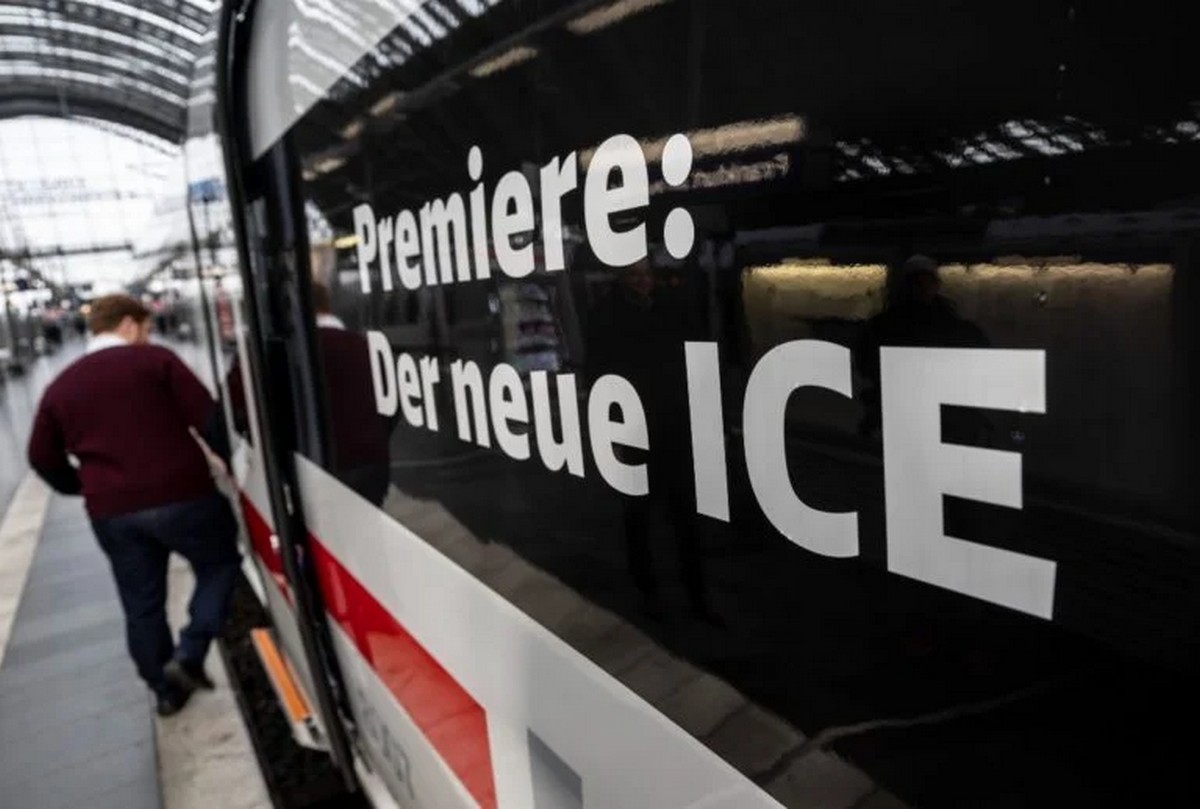The new high-speed trains can reach a top speed of 320 kilometers per hour – up from the previous 300 km/h – and will run mainly on dedicated “high-speed lines”, initially between Dortmund, Cologne, Stuttgart, and Munich.
In 2024, it is planned to establish a route with Brussels and Amsterdam. The trains will be featured in the new Deutsche Bahn timetable, which will be released on December 11.
On the outside, the train, built by Siemens, looks almost identical to the current ICE 3 model, but major improvements can be seen inside, DB said in a statement.
First of all, the new trains have improved lighting, mobile radio-transparent windows, and space for eight bicycles. In addition, a quick-lift platform was built to make it easier for wheelchair users or people with disabilities to board the train.
Deutsche Bahn has ordered a total of 73 ICE 3neo trains from manufacturer Siemens, four of which have already been delivered, the statement said.
The last train is due to be delivered by 2029 at the latest, and the new rolling stock will cost Deutsche Bahn around €2.5 billion.
Trying to gain speed
The trains are urgently needed, said DB passenger board member Michael Peterson. “Reliability at Deutsche Bahn is currently not up to scratch” and this “will continue to be the case for some time”.
The reason for this, he said, is that Deutsche Bahn is in full swing to modernize its rail system, which has led to several delays, rerouting, and, in some cases, train cancellations.
In addition to ICE 3neo, the company’s fleet will be replenished with almost 140 slower ICE 4.
According to Peterson, the network should have more than 450 ICE trains by the decade’s end – about 100 more than now.

